Introduction
For the past week I have been playing with Fedora 18.
Fedora 18 only contains free software. You do not get MP3 codecs or an Adobe Flash Plug-in. What you do get is free alternatives.
The question that I wanted answered is "Can we ever be totally free?"
Installation
I have read other reviews of Fedora on other blogs and the consensus of opinion is that the installer is not the best.
I however do not think it is as bad as some other people would have you believe.
You can download Fedora from http://fedoraproject.org/get-fedora.
To create a bootable USB drive I actually used the version I put on a dual boot pen drive a few weeks ago whilst creating the article for "Installing and booting 2 or more Linux based operating systems on a pen drive".
Generally though I would have used Unetbootin.
When you boot into the live Fedora image you are presented with the screen above. You can continue using the live system or install the system. Before installing the system I check for basic problems that I may have later on such as connecting to the internet or graphics card issues.
The live system worked well enough for me to start the install. I am not going to go through the entire install process here as this is a review not an installation guide.
That is the thing though. If you want to install Fedora there are installation guides available:-
That is the thing though. If you want to install Fedora there are installation guides available:-
- http://docs.fedoraproject.org/en-US/Fedora/18/html/Installation_Guide/
- http://www.if-not-true-then-false.com/2013/fedora-18-install-guide/
If you prefer a visual aid then there are YouTube Videos that show you how to install it.
This video shows you how to install Fedora within a virtual environment.
This video shows you how to dual boot Fedora
The installer isn't as crisp as the Ubuntu installer but if you read the documentation and/or follow the examples other people have kindly left then it is quite a simple process.
I think the biggest problem people have when moving to Linux is the partitioning. Once you have mastered partitioning the rest is actually very simple.
The main problem for Windows users coming to Linux is that Windows doesn't care whether you have other operating systems or not. It wants to be the one and only operating system and so it will try and eat all resources available.
Linux is much more accommodating but to be accommodating it has to know where to put things so as not to overwrite what you already have.
Some Linux distributions try and make it easy for you. (Ubuntu for example). They give you options such as replace entire operating system or install alongside existing operating system. Whilst at the beginning this sounds great it actually takes the control away from you.
For instance when installing alongside Windows, Ubuntu will take the rest of the disk and create its own partitions. Now all your programs and documents will live in the same partition.
Fedora, Debian and other Linux operating systems give as much help as possible to guide you through partitioning but they really leave the control in your own hands. The documentation is there to help you with suggested configurations but at the end of the day it is your choice how to partition.
With the exception of partitioning the rest of the install is just as easy in Fedora as it is in any other Linux distribution.
First Impressions
Fedora runs off Kernel 3.6 and Gnome 3.6.
I am going to go against general opinion here and say I really like Gnome 3. I actually prefer Gnome to KDE and Unity.
KDE is great if you like widgets and you like stuff on your desktop. It is basically really for people who like to customise their experience.
Unity and Gnome are the opposite. Whilst you can do basic things like changing the desktop wallpaper, the rest of the desktop is fairly static.
The reason I prefer Gnome is that Unity has that bar down the left hand side which takes up real estate. Gnome provides a really clean desktop.
I am going to go against general opinion here and say I really like Gnome 3. I actually prefer Gnome to KDE and Unity.
KDE is great if you like widgets and you like stuff on your desktop. It is basically really for people who like to customise their experience.
Unity and Gnome are the opposite. Whilst you can do basic things like changing the desktop wallpaper, the rest of the desktop is fairly static.
The reason I prefer Gnome is that Unity has that bar down the left hand side which takes up real estate. Gnome provides a really clean desktop.
With Gnome you have a bar across the top. On the left is an activities menu and then a clock in the centre and on the right system icons for accessibility, sound, networking, battery and then user options.
You can pull up the activities menu by clicking with the mouse or by pressing the "Super" key which unfortunately on most computers still looks like a Windows icon.
The picture above shows you what you will see when you bring up the activities menu. You can now either click on an icon on the favourites bar which is down the left hand side or start typing. In the screenshot above I started typing "screenshot" and the relevant applications were shown on the screen.
On the right hand side of the screen is a list of open applications.
People have various issues with the way Gnome 3 works such as for instance the lack of a minimise and maximise button on the screen. The reason for no minimise button is that when you minimise the program normally goes into the taskbar but in Gnome it doesn't. The only program in the taskbar at the top is the currently active program. If you minimise a program the only way to get it back is to alt-tab into it or to open the Activities menu and choose the application on the right hand side of the screen. This means minimise isn't really minimising, it is hiding.
Personally I find Gnome very intuitive and easy to use. For a quick cheat sheet visit https://live.gnome.org/GnomeShell/CheatSheet. It takes a little while for people who use traditional desktops to get up to speed but after a while you will find it second nature and it really works very very well.
Changing the desktop wallpaper
To change the desktop wallpaper click the "super" key and start typing "desktop". An option will appear for background which when clicked will enable you to choose from a set of stock photos.There is quite a nice set of wallpapers available but I always like to go for one I find on the internet. An alternative way to set wallpaper is to find the image you like online, download it to a folder and then open the file in shotwell. You can then choose to set the image as the desktop background.
Connecting to the internet
Fedora like all modern Linux distributions makes it easy to connect to the internet. Just click the network icon in the top right hand corner and a list of wireless devices is available.Both my home broadband and mobile broadband networks were found straight away. All I had to do was click on the network and enter the security key and I was connected to the internet.
Flash and MP3
Fedora is all about freedom and neither Flash nor MP3s fall into that category.So what are the options? Well I normally in these occasions go searching for the quick fix of going to Google and searching for the answer.
As this is Fedora however I wanted to investigate the free options on offer to see if we can truly work without proprietary software.
Firstly there is the Flash issue. If you look in the Package Manager there is an option for Gnash, which is an open source Flash player. Gnash includes a FireFox add-in which is handy because the default browser in Fedora is FireFox.
I decided to try Gnash out and to see if it worked I went to Youtube and unfortunately the image below says it all.
I didn't have much success. None of the videos would play. I therefore decided to try another Flash site called Miniclip which has online Flash games to see if the problem was isolated to Youtube. Unfortunately none of the games could be played.
I read the Fedora documentation at this point (http://fedoraproject.org/wiki/Flash).
With regards to Youtube, the Fedora documentation makes the suggestion to sign up for WebM support and after doing this I was able to watch a good selection of Videos. Not all of them worked but the majority did.
I could not find a way to get the games on Miniclip to play. I therefore bit the bullet and installed Flash.
The truth is HTML 5 will take over at some point and the reliance on Flash will become less and less but Flash will be around for quite some time yet. I have tried Gnash more than once in the past and it doesn't seem to improve. (Unless I am doing something wrong).
At the moment Flash is still one of those things that is used often enough on websites to make it a necessity.
Moving on to MP3s. Now the free compressed music format is OGG Vorbis.
In order to realistically use OGG Vorbis regularly I need a few things. Firstly I need my personal music device to be able to support OGG. Now whilst my current player doesn't support OGG there are a good selection of players available that do.
OGG players are available in most good electrical retailers and a few bad ones as well.
The next thing I need is to be able to get the music from my CD collection into OGG format. That is easily done as there are a number of converters available.
I also have a lot of music files already in MP3 format. Now here is a weird thing. You can convert from MP3 which is a compressed format to OGG which is also a compressed format with minimal if no degradation in quality. Again there are an abundance of tools for this job.
The final thing I would need to switch to OGG forever is an online store that sells music in OGG format. Now I have had quite a search online and there are no major online music stores providing music in OGG format.
For me that is a problem. If you can't buy music in OGG format then you would have to buy it in MP3 format. If you buy it in MP3 format and you need a converter to convert to OGG then you are using proprietary codecs to perform the conversion.
I have come to the conclusion that I may as well stick with MP3 format. If there was a music store for OGG format music or FLAC then I would be more than happy to ditch MP3 as well as it would save the GStreamer plug-in issues that are encountered in certain distributions.
Fedora has documentation about how to get MP3s working and so I followed that guide and I was able to listen to MP3s. (http://fedoraproject.org/wiki/Multimedia/MP3)
Applications
Fedora comes with the following applications:
Games
- Aisleriot solitaire
- Freecell solitaire
Graphics
- Document viewer
- Image viewer
- Shotwell
- LibreOffice Draw
Internet
- Boxes - Virtual Machines
- Firefox - Web Browser
- Empathy - Mail Client
- Remote Desktop
- Transmission - BitTorrent
Office
- LibreOffice
Sound/Video
- Cheese - Webcam
- Brasero - Disk burning
- Rhythmbox - Audio
- Videos - Video player
There are a host of accessories and system tools available as well.
Installing applications
To install applications in Fedora you can use the graphic packagekit. Simply press the "Super" key and start typing "software".
The graphical tool is nicely laid out. On the left hand side there is a list of categories and on the right hand side a list of applications that fall into the category. There is a search box as well which enables you to search by name or keyword.
You can check all the boxes of all the items that you wish to install and then click apply. This will then find all the dependencies for the applications you wish to install.
I had a small problem the very first time I ran this tool in that it constantly said "Queueing" and wouldn't find any applications. The only way to solve this was to open a terminal and look for processes containing "packagekit". I then killed the rogue process and the problem was solved and it has never come back.
The alternative to using the graphical tool is using Yum. Here is a basic cheat sheet (http://yum.baseurl.org/wiki/YumCommands).
Yum is to Fedora what Apt is to Debian.
So what is in the repositories? Google Chrome isn't in the repository. You can go to the Google website and download Chrome but when I did that I received the following error:
Again I decided to refer to the Fedora documentation (http://fedoraproject.org/wiki/Chromium). This gives concise instructions on how to install Chromium.
If you really want to make your life easier in Fedora then visit this link http://rpmfusion.org/Configuration/ as it gives you the options required to get non-free software into Fedora.
What is new in Fedora 18?
If you are coming from Fedora 17 then you should perhaps read the release notes before upgrading. http://docs.fedoraproject.org/en-US/Fedora/18/html/Release_Notes/
Summary
Ideally I would like to follow the Fedora concept and live in a "Free" world but realistically I don't think that is going to happen any time soon.
Fedora is a really nice distribution.
Criticisms of the installer are a little over the top. Just read the documentation, read other people's guides, watch a Youtube video.
The Gnome desktop also takes a lot of unwarranted criticism. It is a modern desktop for a modern way of computing. I think for a lot of users who just want to work without tinkering with configuring the desktop it is very intuitive and I can navigate to any application or window with one or two keystrokes.
Fedora is a crisp distribution. It feels very much a polished distribution in the same way that Ubuntu or Mint is and the only issue really is the lack of non-free software.
It is relatively easy to get around the non-free software issue by visiting the RPMFusion page and following the instructions.
I had a couple of errors early on but they went away and have never returned.
Thank you for reading.

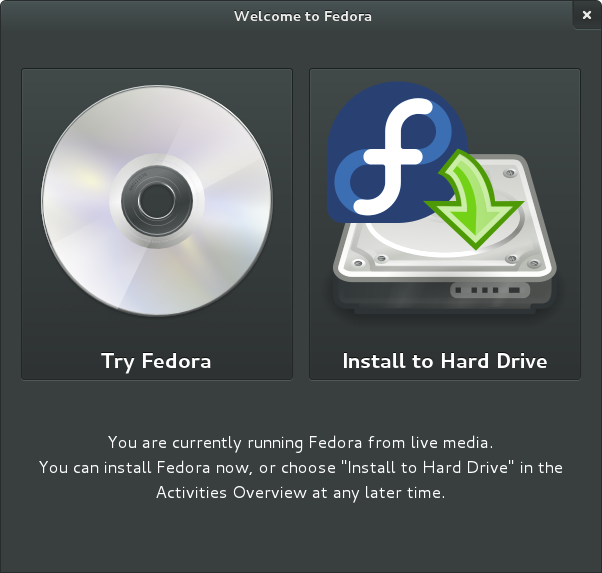
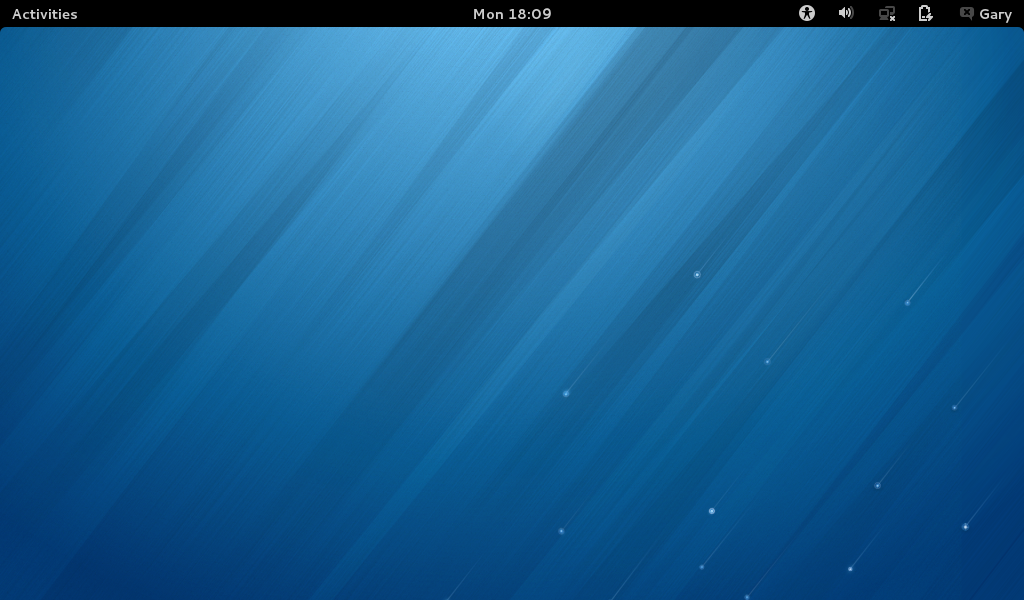

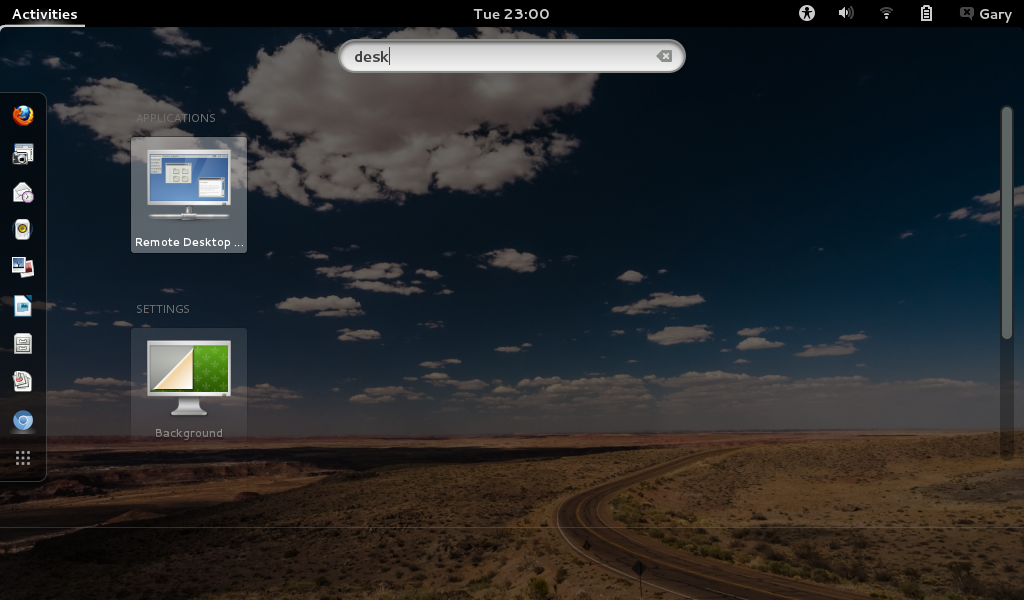

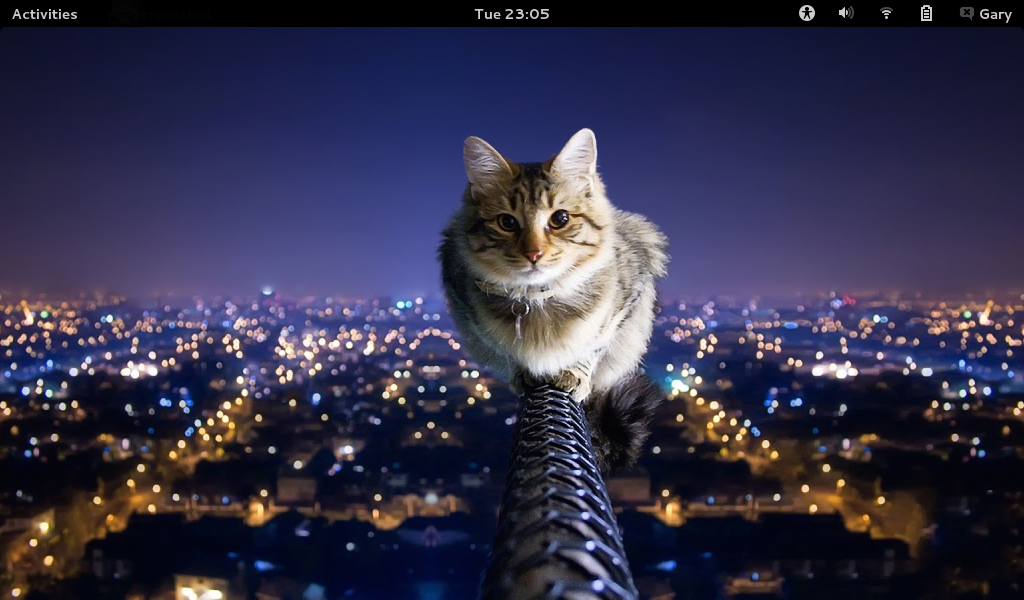
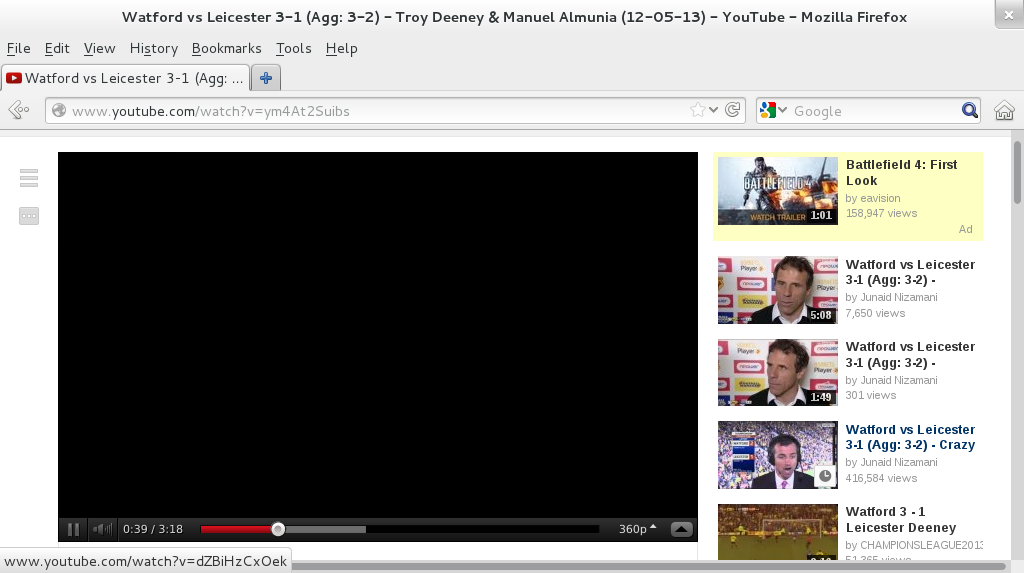
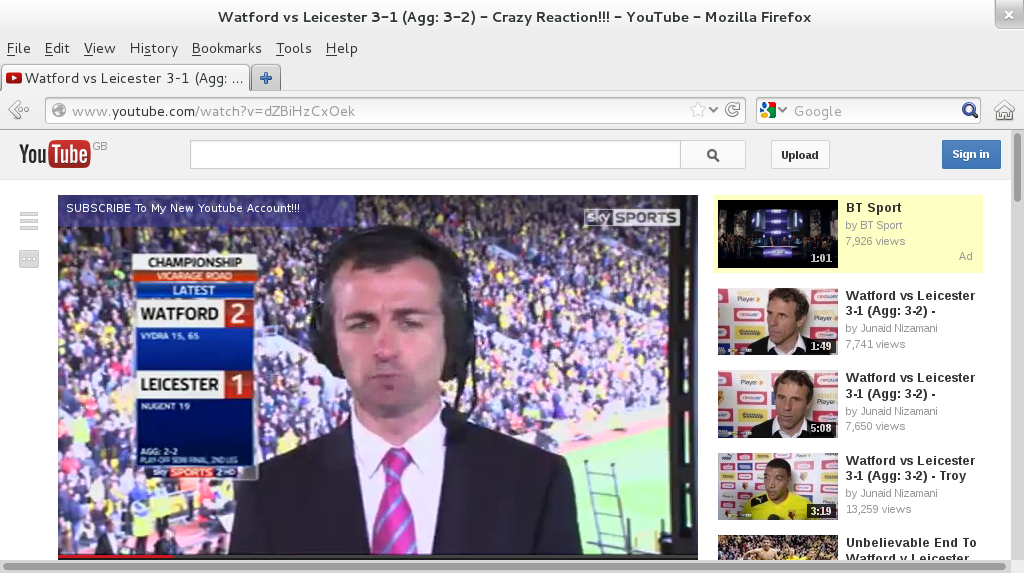
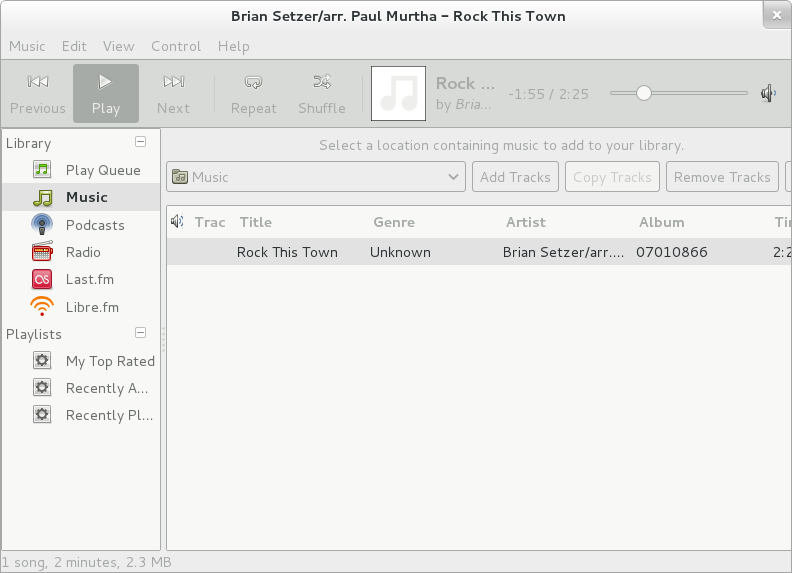
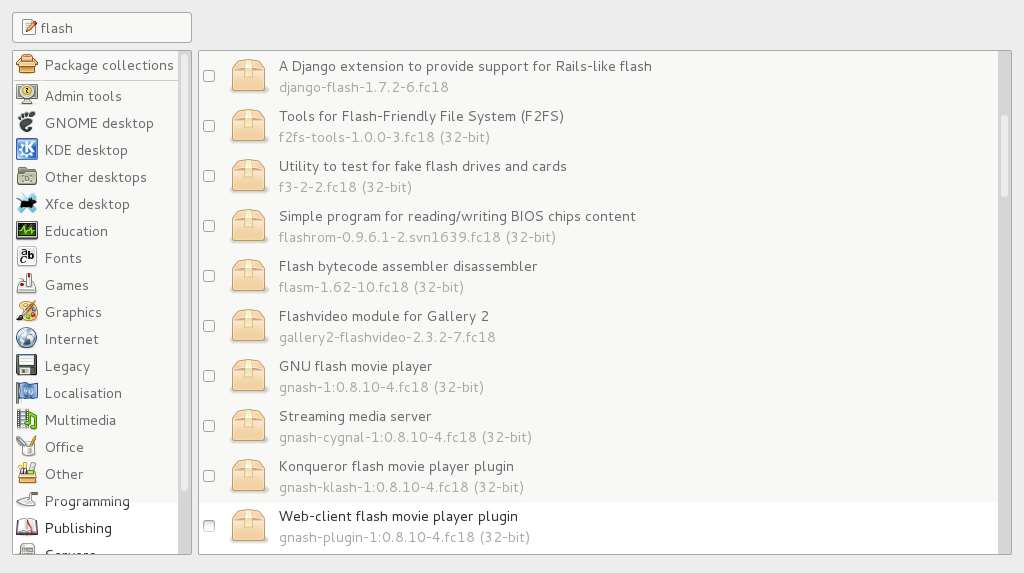
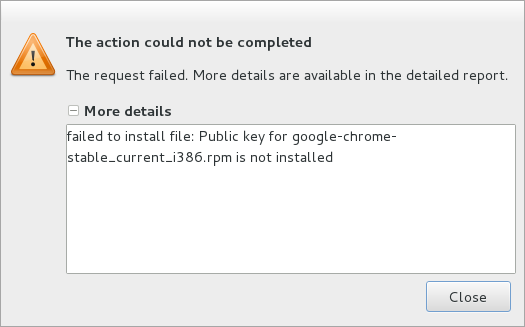

Just to say that I have a Sansa Clip, which plays ogg files & I am very happy with generally as a player.
ReplyDeleteJust wanted to mention that a LOT has been updated since Fedora 18 was initially released. For example, you mention that the kernel is 3.6... but the current update is 3.8.11. Since 3.8 is EOLed by upstream I imagine in a kernel update or two they will move to 3.9.x.
ReplyDeleteI also use a Sansa Clip daily (mostly for listening to podcasts) and love it.
Two years ago i found that without nvidia driver i won't have been able to use Fedora at all. Nouveau didn't work with my GeForce 9500 GT card.
ReplyDeletePostInstallerF http://sourceforge.net/projects/postinstaller/
ReplyDeleteFedora Utils http://sourceforge.net/projects/fedorautils/
Easylife http://sourceforge.net/projects/easylife-linux/
Autoten http://autoten.co.uk/
Are the best program for tune Fedora Linux (codecs, propietary drivers, extra programas...) :)
I am a Fedora user. There were times where I have for months literally used software only from the stock Fedora repositories. Maybe if I wanted to watch a Flash only video or something every few months or so I'd pop in a live CD do what I need to do and then go back to normal. The only closed source crap running on my computer was the BIOS itself and the firmware(not even the driver just the firmware it uses) for my wireless card. Not a single frippery, not a single MP3, not a single Flash video or application. It actually wasn't that bad. Whether in using a computer or in life you'd be surprised by how very little you need to get by. For happiness though you do need a bit more stuff you'd also be quite surprised how little you need to be truly happy as well. Give minimalism and frugality a try you'd be amazed at the results. The less you need the less you have to work for it. The less you're dependent on the less people who are between you and what you need can make you dance like a puppet for them. If you must form dependencies you should at least form healthy ones. The less you need the more spare stuff you have. Stockpile it for a bad day when shit hits the fan or share it with those in need. OK maybe I've gone too far into my freegan and doomsday prepper modes but you get my idea. Furthermore sticking with the default Fedora repositories isn't as hard as it used to be. Thanks to the advent of HTML5 where people are moving to freer more open data formats and the fact that youtube has converted a lot of its videos into the open WebM format now is as good a time as it ever was to give the finger to the closed source assholes. Though nowadays the going is somewhat better there were times it was harder and to be honest I don't know if I'd have been able to maintain my spartan lifestyle in those times. Nonetheless the time for freedom has come and that time is now. Freedom won't be a smooth ride but I can promise you it'd be the best one you've ever been on.
ReplyDeleteNope. We need some proprietary software to make life better. Just install Korora and forget about it. It's Fedora that's a little easier to swallow.
ReplyDeleteOne small note, you can set the Unity launcher to "Autohide" so it doesn't take up all that real estate. Plus then you get your window buttons back. I personally always like to put a launcher panel on the left side even in LXDE
ReplyDeleteI always have one distro that is free and cant say that life is much different on that laptop.
ReplyDeleteLoved the explanation of desktops.... D- for effort.
and this:
>The reason I prefer Gnome is that Unity has that bar down the left >hand side which takes up real estate. Gnome provides a really clean >desktop.
is just sad.
At least find an excuse that isnt pathetic. Ive been installing KDE on family members computers the past 4years (i give them 3 choices and KDE gets picked about 90% of time) and both my dad and uncle have added side bars to their desktop. You know... people who never used Linux before and they figured it out.
Actually, they both prefer to have their sidebars (dad uses one on each side) disappear when not being used because you simply dont need to have those icons visible at all times (more like you need them .00001% of the time you are on the computer).
Give me other reasons why you like Unity just please dont say its because of the sidebar.
Its like when people say they use Gnome because they prefer top panels which even Windows XP let you do.
Actually I do like Unity. Anyone who has used Ubuntu 13.04 has to be impressed. Ubuntu is slick.
DeleteI do prefer Gnome 3 to Unity but there isn't much in it.
I am not the biggest fan of KDE. Personal preference. KDE just feels clunkier than Gnome, Unity and Cinnamon.
Whenever i want some drawback relating this issue I return to your web site and obtain terribly informative stuff thanks plenty for your article . Keep it up.
ReplyDeleteaccess Bee MP3 in UK